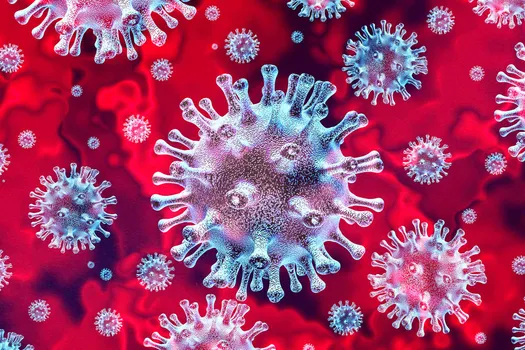The Coronavirus is a type of virus. The word ' Corona ' means crown or pointy. This type of virus has spikey outer surface. Their outer cell membrane is made up of proteins or lipid layers. Coronaviruses are a large family of viruses that cause Common cold ( Rhinovirus) to more severe diseases like Middle east respiratory syndrome ( MERS) and Severe acute respiratory syndrome ( SARS ) and to the latest COVID-19. COVID-19 is similar to that of the SARS outbreak in China.
Since the death toll of SARS and MERS weren't accounted for as a lot, and also that the virus become dormant and stopped affecting people, The work on its vaccine was stopped.
To talk of viruses in general, There is limited amount of vaccines for different viruses, For measles, polio, mumps, rubella and chickenpox.
And yet, we constantly need to get vaccines for the viruses. Because they constantly mutate themselves to trick the immune system and go unseen. Mutations can cause severe complications, that could lead to the vaccines and antibiotics ineffective.
 Therefore, more pressure to constantly produce new vaccines. The now COVID 19 has mutated from SARS, commonly called as SARS COV 2. This leads to increased time in finding an effective vaccine with no side effects.
Therefore, more pressure to constantly produce new vaccines. The now COVID 19 has mutated from SARS, commonly called as SARS COV 2. This leads to increased time in finding an effective vaccine with no side effects. 